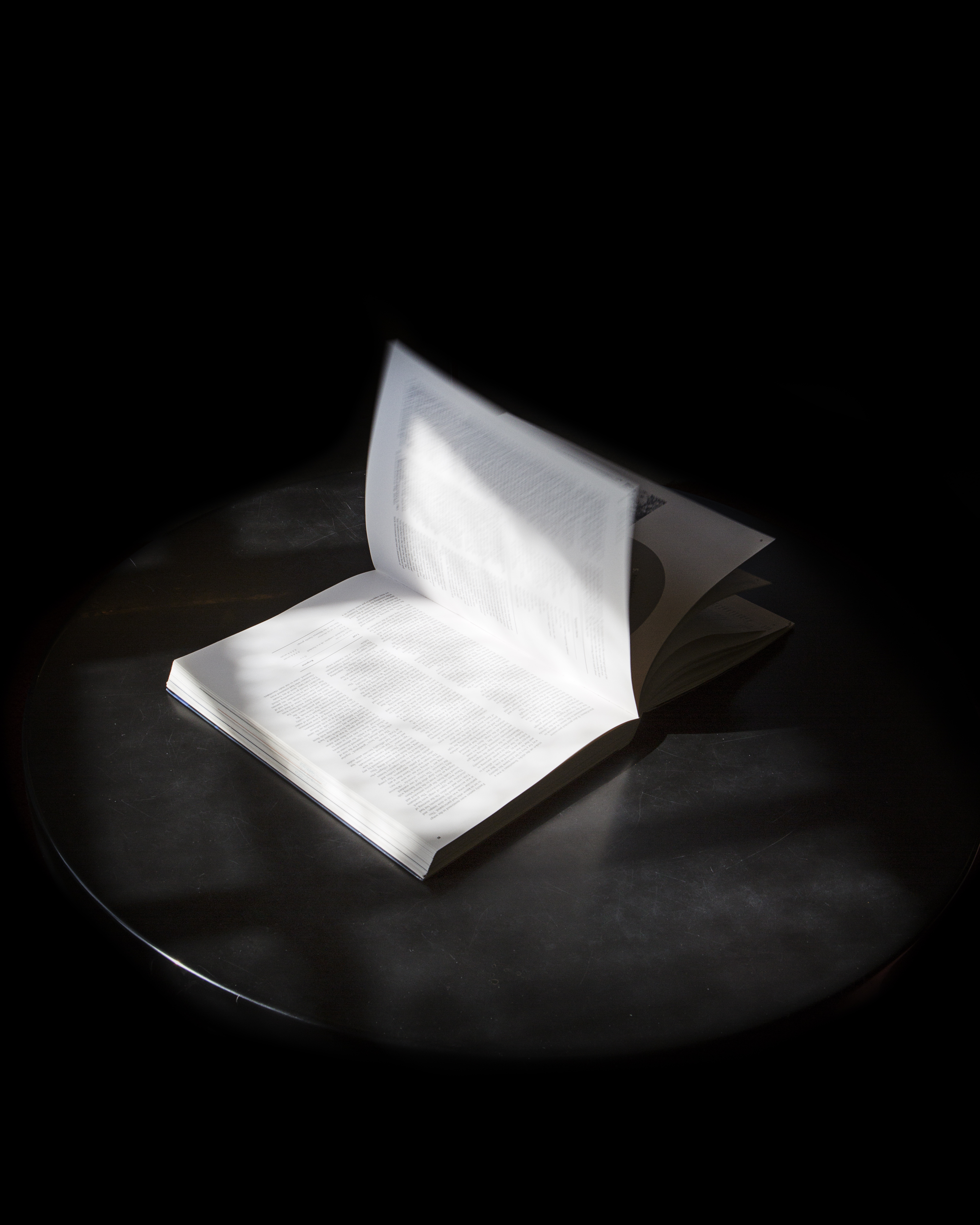Writing instructions for an essay
How to write an essay?
Before you start writing an essay, draft a short plan about what you are going to write. This will help you in narrowing down the topic and approach. Reflect on the question you want to answer with your essay and how you are going to respond to it. Try to achieve as clear and understandable an expression and structure as possible in your essay. Consider the length of the essay from the beginning of the project so that you have enough space to express everything you wish to include. Introduce the reader to the topic briefly and summarise your thoughts in the conclusion at the end. Progress logically connecting matters together, stick to the relevant points, be critical towards the source materials, and, above all, bring out your own voice and personality in the text.
The most important aspect in writing an essay is to narrow down the topic, to select an approach and an idea which are expressed already in the title. In your essay, you can, for example, consider a theme, an approach to a problem or a comparison arising from the source material. In addition to the course material, you can use other additional and supplementary materials when writing your essay. Be critical and aim at diversity when selecting the source material.
References are marked in the text. You have to make a reference every time when the text is based on a previously published research or when you are citing text or pictures. As often as possible, references are made to the original research articles. However, do not copy or reference the source text directly but write it in your own words. Copying text directly from a source or the internet is comparable to cheating in an exam! Therefore, try to distance yourself from the source material and review it by reflecting on it subjectively. When using direct quotes, separate the citation from the other text with quotation marks or with indentation and make a reference to the source of the citation. Closer instructions to making references are at the end of this guideline in section References and Drafting a list of references.



Essay layout and structure
In essays, the line spacing is 1.5 and the font size is 12. In written assignments, the basic model of the scientific essay is used, which includes a title page, table of contents and a list of references in addition to the text.
1. Title page
The title page contains the title of the essay, author’s name, student number, date and course name.
2. Table of contents
3. Text
The text consists of introduction, body text, and summary or conclusion. The essay should be based on the thesis statement, i.e. to the goal of the text which is defined right at the beginning of the essay within the scope of the assignment. The other parts of the text answer the thesis statement. In the conclusion, you should discuss what is the purpose of the acquired information. Pay special attention to the introduction and conclusion as they should, when read together, give a general picture of your essay and bring the discussed themes together. If the essay is over five pages, use sub-headings that pace and give structure to the text. Pages are marked with page numbers.
4. References
The sources you have used are listed at the end of the essay under their own (unnumbered) heading so that the references include the name(s) of the author(s) of the article/book, title of the article/book (for articles, include also name of the journal, its number, and the page numbers of the article), printing location, and year. If you have used an online source, disclose the author, title of the article, website address, and the date the data was retrieved.
References in text
Always when quoting a text directly, summarising it, or describing someone else’s ideas or text in your own words, you have to cite the source. The sources are marked in the text with references and at the end of the essay in the list of references. In this section, you will find instructions on how to indicate sources in the text.
Referencing a sentence:
The reference can be placed in the middle of the sentence, at the beginning, or in the end. If it is unclear whether the information is still based on the same source, you can add linking expressions, such as “According to the same source” or repeat the reference at the end of the sentence.
e.g.
“Whereas Andersson (1988) has concluded that…”
“…whereas it has been concluded later on that… (Andersson 1988, 1–13).”
Andersson (1998) has said in her book that… According to the same source…”
If the name of the author is not mentioned, use the name of the publication in the reference.
e.g. “(European Social Survey, 2014)” or ”European Social Survey (2014) is based on…”
Referencing text in a same paragraph:
If the reference is to a part of text that is more extensive than a sentence, such an entire paragraph, the period of the sentence is placed before the reference and there is a period in the reference.
e.g. “It has been concluded that… The finding is also significant as there are no earlier studies on the topic. (Andersson 1988.)”
Reference with two or more authors:
– two authors: “Käyhkö and Malmsten (1995) concluded…” or ”It has been concluded that… (Käyhkö & Malmsten 1995).”
– three or more authors: (Alasuutari, Markström & Vallberg-Roth, 2014, 89–90)
The following references: (Alasuutari et al., 2014, 89–90)
Reference when referencing several sources at the same time:
The references are listed from oldest to newest according to the publication year and, if the year is the same, in alphabetical order, and separated by semicolon.
e.g. ”This has been detected in several studies… (Laine 1971; Henttonen 1977, table 4; Aartolahti 1987; Rantahalvari 1987; Moisio 1999).”
If the text refers to several studies/books by the same author(s) published in the same year, separate these references from each other with a comma and use lower case letters: (Kallio 1950a, 1950b) or (Kallio 1950a, b). If there is information on in which order the works have been published during the year, use this order, otherwise list the publications alphabetically according to their title. Add small case letters also to the list of references to separate the publications from one another.
If the same article has been published twice (e.g. in a series and an anthology) and you wish to reference both years of publication: Christaller (1933/1966)
Referencing an online source:
Reference an online source in the text like an ordinary publication, with name and year. Online documents do not have page numbers similar to printed sources so they are not marked.
Using page numbers in references:
Page number is marked in the reference when referencing a specific point in a publication. This is necessary especially when using an extensive publication as source material. If the article is short, the page number is not needed. When referencing an entire article or book, you do not have to mark page numbers.
e.g. “…while later it has been discovered that…” (Granö 1989, 10–13) -> use a dash between the page numbers, not the shorter hyphen.




Sources in the list of references
In this section, you will find instructions on how to indicate sources in the list of references.
Book source:
Kaukua, J. 2015.Self-awareness in Islamic philosophy: Avicenna and beyond. Cambridge: Cambridge University Press.
Alasuutari, M., Markström, A.-M. & Vallberg-Roth, A.-C. 2014. Assessment and documentation in early childhood education. Abingdon: Routledge.
Research articles:
Geiss, C. & Labart, C. 2016. Simulation of BSDEs with jumps by Wiener chaos expansion. Stochastic Processes and their Applications, 126, 2123–2162.
Edited books:
Chris, J. 2009. Teaching as an affective practice. In the book H. Daniels, H. Lauder & J. Porter (eds.) Educational Theories, cultures, and learning: a critical perspective. London: Routledge, 165–176.
Mikkonen, S. & Suutari, P. (eds.). 2016. Music, art and diplomacy: East-West cultural interactions and the Cold War. Farnham: Ashgate.
Online source:
Ervasti, H. 2015. European Social Survey 2014: Finnish data. Versio 1.0, 17.11.2015. Finnish Social Science Data Archive: http://urn.fi/urn:nbn:fi:fsd:T-FSD3068.







Kuva: Blogs.salford.ac.uk




